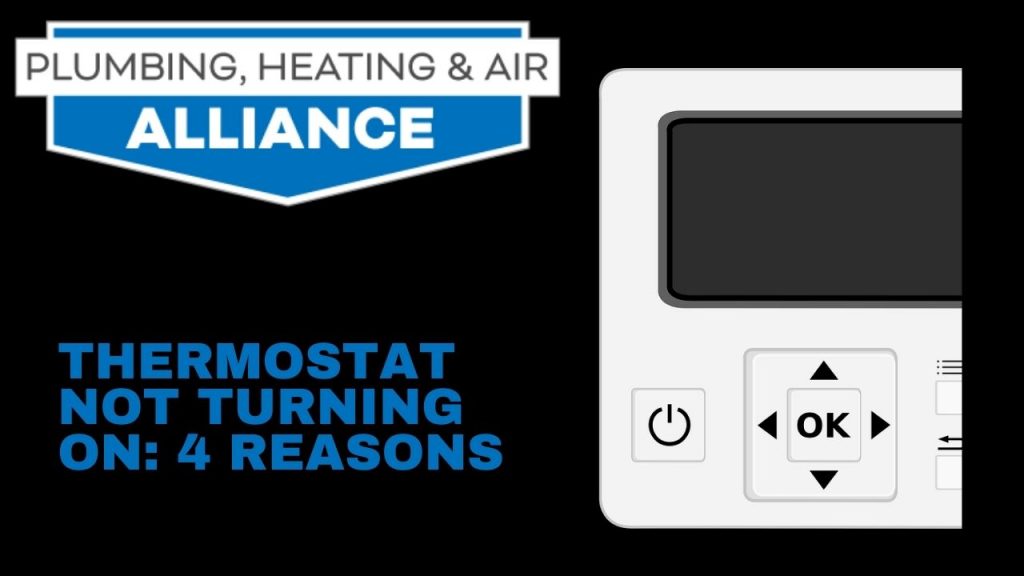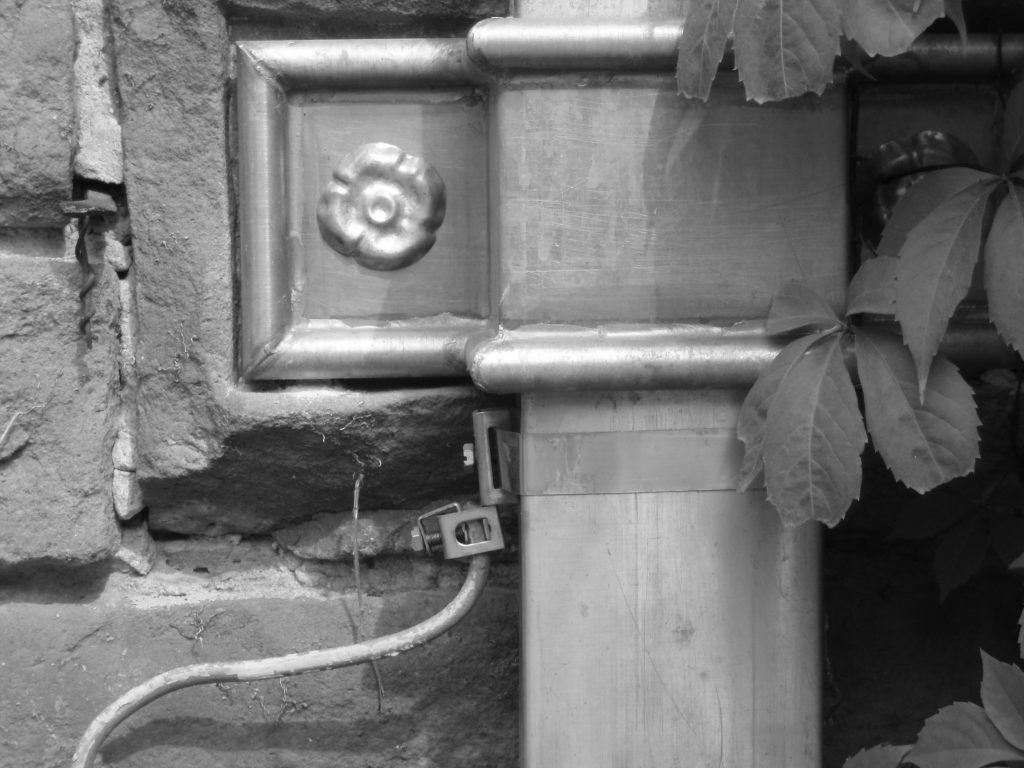
Commercial refrigeration is the equipment and infrastructure used to store food in commercial buildings. Examples include reach-in freezers and walk-in coolers, often found in grocery stores, convenience stores, and food storage facilities.
How Does Commercial Refrigeration Work?
Commercial refrigeration uses a circuit and absorption system to cool the air. It expands liquid into gas, thus eliminating heat from the air. Sometimes the system will use a vapor compressor to dry the air.
Which Industries Need Commercial Refrigeration?
Various types of industries need commercial refrigeration, including most of the food industry. For example, supermarkets, gas stations, and restaurants all require them. Other sectors like medicine and florists may also need commercial refrigeration. Check out the list below:
- Food: Supermarkets, resturants, convience stores, etc.
- Medical: Hospitals, clinics, pharmacies, veterinarians, etc.
- Misc: Florists, nurseries, breweries
When You Need Repairs
Commercial refrigeration is essential, so repairs require immediate attention. Unfortunately, downtime can cost you inventory and threaten public safety. The good news is that many commercial refrigerators have a long lifespan. Still, it’s essential to be sensitive to the following signs:
Increased Energy Bills
A refrigeration defect can spike your energy bills which you’ll notice immediately. Reach out to a professional for a full inspection to determine the culprit for the sudden spike. While repairs may mitigate the issue, sometimes replacing the fridge will save you more money long-term.
In less severe cases, replacing the coils may be enough to reduce your energy usage. However, mild spikes often go undetected, gradually increasing until a complete replacement is required.
Food Spoilage
Early food expiry is a sign of a broken refrigerator. If the food takes longer to cool or expires faster than its expected date, you can lose your inventory. Often this stems from filthy or overused gaskets which fail to trap the cool air and guard against the warm air.
Replacing the gasket may be enough; however, it’s likely a temporary fix. If the issue persists and you cannot regulate the temperature, you will need emergency refrigeration services.
Motor Defects
Another bad sign is motor defects, including breakdowns. For example, if your hand feels very hot when you touch the back of the fridge, there is likely a motor problem. The problem may stem from dirty coils, which you should regularly brush and vacuum.
Another sign of motor problems is loud noises coming from the fridge. When you hear such noises, the refrigerator is running at maximum speed (which you don’t want). The culprit, in this case, is typically a failed control board. Unfortunately, it will also spike your energy usage and bills.
Frost & Condensation
Working refrigerators maintain an ideal balance between cold and hot atmospheres. However, when you notice condensation and frost inside the fridge, there is a problem with the functionality. Pay extra close attention to the rubber sealing, revealing condensation when there’s a problem.
You might also notice mold in this area or near the door. Sometimes replacing the rubber sealing is enough, but excessive frost likely reveals a more significant problem. You can try adjusting the temperature, but it’s wise to address the issue ASAP to prevent spoilage.
Erratic Temperature Settings
Sometimes a freezer can be too cold and cause ice formation. When your fridge fails to respond to the temperature settings, it indicates a significant problem that requires repair. In some cases, you may need to replace the refrigeration system.
Commercial Freezer Maintenance Tips for 2023
Emergency repairs are expensive and may only save some of your inventory, further draining your budget. The best action is to prevent problems with your refrigeration system before they become serious.
To achieve this, you must engage in regular freezer maintenance. Below, PHAA outlines some of the best commercial refrigeration maintenance tips for 2023:
- Follow Regulations
- Inspect Blades, Gaskets, and Coils
- Power-on Anti Sweat Heaters (when needed)
- Refrain from 100% Fridge Capacity
- Perform Regular Cleanings
- Monitor Door Seals and Hinges (Every 3 Months)
- Use Energy-Star Products
What Do The Temperature Ranges for Commercial Refrigeration Refer To?
The temperature ranges refer to the lowest and highest acceptable temperatures for a functional refrigeration system. This range is typically between 36F and 45F.
How Commercial Refrigeration Maintenance Saves Money
Commercial refrigeration saves money by reducing utility bills and preventing loss of inventory. In addition, it increases safety while reducing the risk of food safety violations and spoilage.
What Experience is Required for a Commercial Refrigeration Tech?
The required experience depends on your location. For example, in Texas, you need 48 months of practical experience in the field under a licensed AC & refrigeration contractor (in the past 72 months).
Final Thoughts
Keep an eye on your commercial refrigeration system to avoid inventory loss, energy use spikes, and food spoilage. These malfunctions will cost you and must be prevented to maintain a business.
It’s wise to perform regular maintenance on your refrigeration system to prevent minor problems from becoming major issues. Also, like all types of equipment, refrigerators will age. As a result, look for the signs that it’s time to replace your system and keep your business running at an optimal level.









